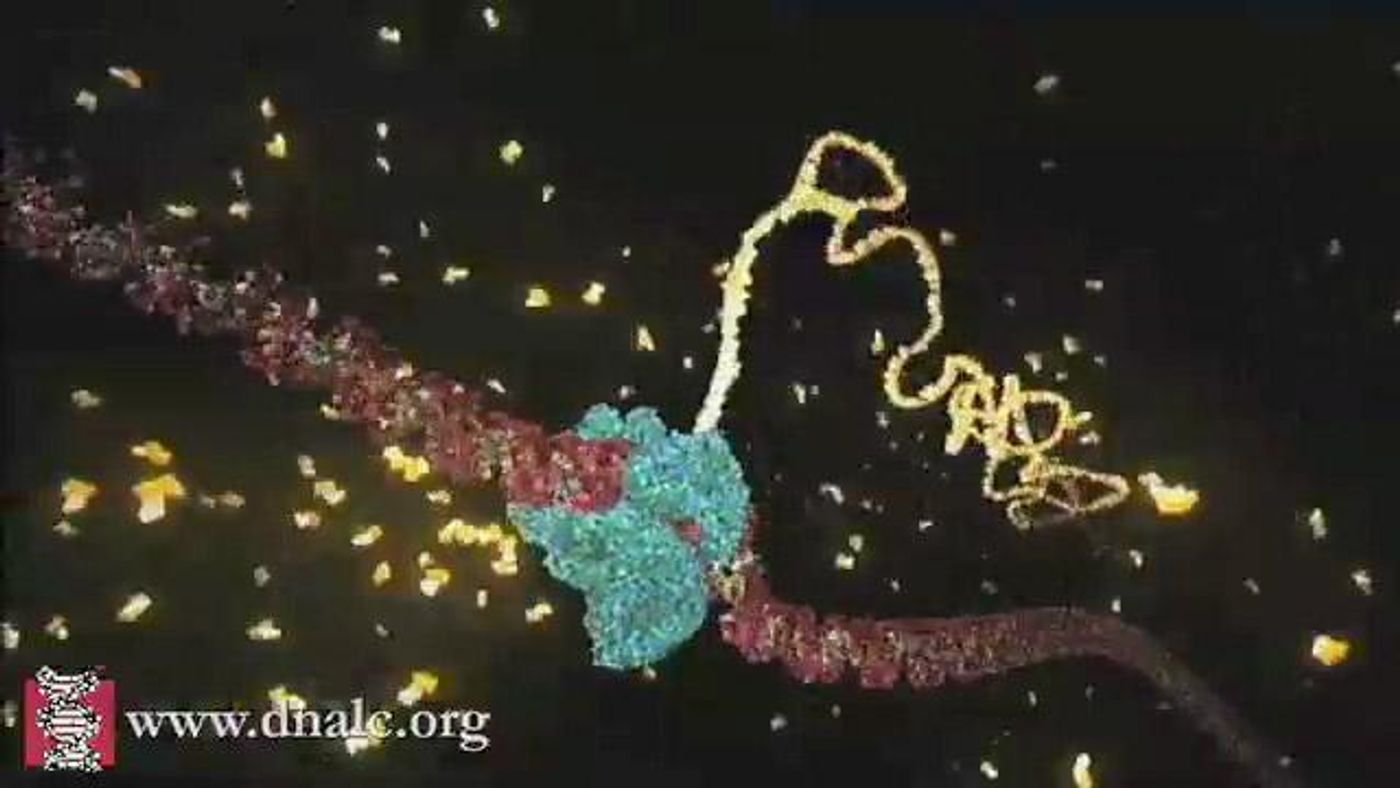Cells cannot constantly divide; they must be able to exist in a suspended state in which they are metabolically active but reproductively inactive - quiescence. Cells must also be able take the cue to exit that state whenever necessary, and start the process of replication and division. Many of our most important cells exist in the quiescent state, such as cells of the adaptive immune system, stem cells, and the oocytes that women carry throughout life that must be ready to be fertilized.
While cell division is critical to continue health and life, if that process gets disrupted and division occurs constantly, the result is cancer. Cell have to maintain the proper balance between quiescence and division. There is still much that remains to be learned about how cells enter, maintain, and exit the quiescent state.
New work reported in Science has used fission yeast to reveal more about the process; RNA interference (RNAi) exerts an epigenetic influence on the switch between quiescence and growth.
"It's an inherent choice that has to be managed, and accounts for much of what our cellular machinery is doing at any given time," explained the leader of the study, Robert A. Martienssen, a Cold Spring Harbor Laboratory (CSHL) Professor and HHMI-GBMI Investigator. In the video below, he explains the work the investigators have done.
In this work, the researchers demonstrate that most cells are actually unable to survive in the quiescent state without the action of RNAi, a mechanism used to modulate gene expression that has no effect on the genome. Fission yeast without RNAi were unable to enter, maintain or exit quiescence, and were only able to survive by continuously dividing.
That observation led the scientists to investigate what RNAi was doing in cells that were quiescent. To learn more, Benjamin Roche, a postdoc in Martienssen's lab, collaborated with Dr. Benoît Arcangioli at the Institut Pasteur, Paris over a five-year period. The researchers have now proposed a role for RNAi in the release of RNA polymerases in both cycling and quiescent cells.
"We found through genetic analysis that RNAi not only interacts with RNA polymerase II in the formation and regulation of heterochromatin," said Martienssen. "We also found that in quiescent cells, it is the RNAi-induced release of RNA polymerase I, another enzyme active during transcription, that enables quiescent cells to maintain their quiescent state."
RNA polymerases are enzymes that transcribe genetic information from the genome into molecules called messenger RNA, which are in turn used by the cell to create proteins. Detaching RNA polymerase I from the genome stops that process of transcription. Another type, RNA polymerase II, promotes the formation of compressed parts of the genome called heterochromatin.
Previous research by Martienssen has shown that when cell lack RNAi, the normally genetically silent heterochromatin becomes active.
"This research may explain the key role that RNAi plays in stem cells, which are quiescent for much of their life; and also in cancer, which, after all, is the stimulation of cells that are normally quiescent to begin dividing and proliferating. That transition, interestingly, is often accompanied by mutations in RNAi," Martienssen concluded.
Sources:
AAAS/Eurekalert! via
Cold Spring Harbor Laboratories,
Nature,
Science









